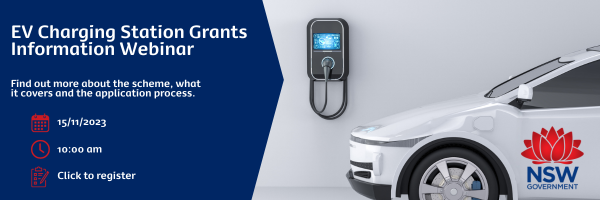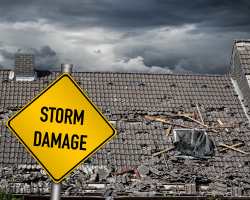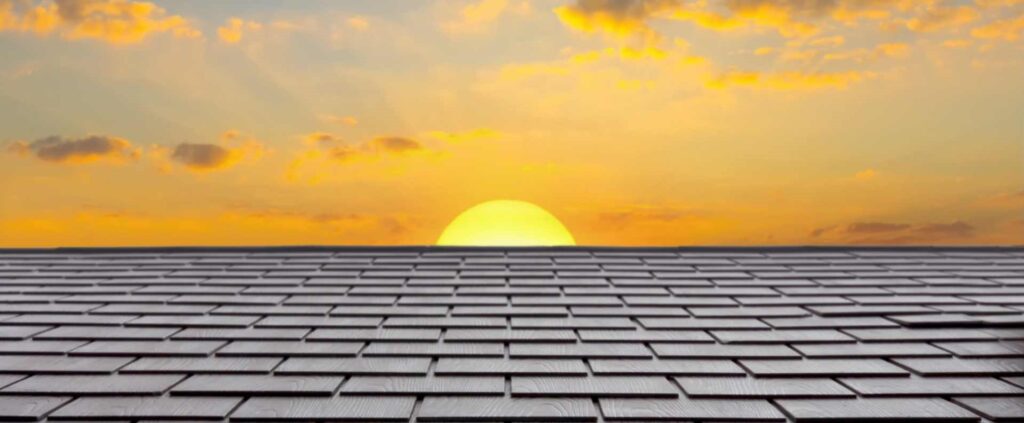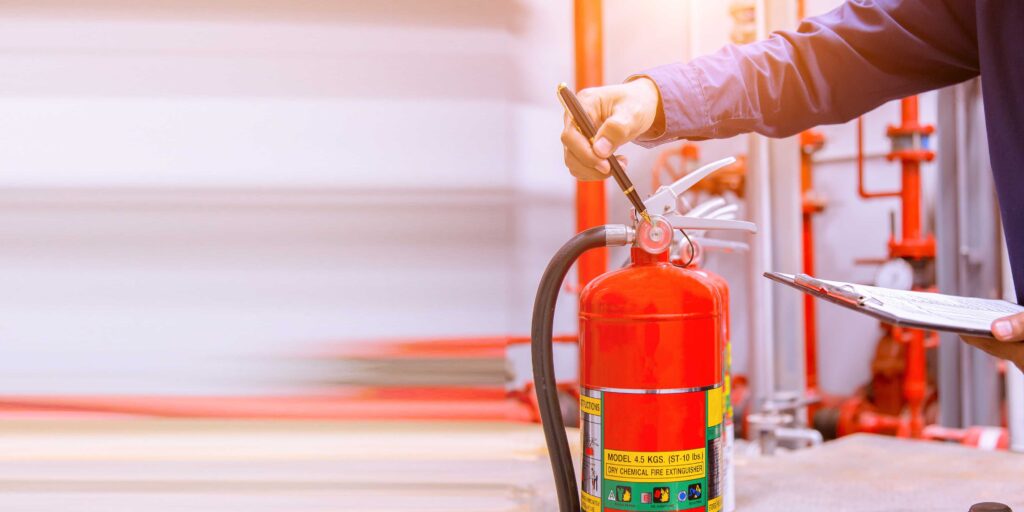NSW Government Announces $10 Million in Grants for EV Ready Building Upgrades
Exciting news for all residents and owners of strata buildings across NSW. The NSW Government has unveiled a fantastic opportunity to accelerate the adoption of EVs in your strata scheme. They’re offering a $10 million grant program to retrofit buildings with the technology needed to support EV charging stations. This initiative is a significant step towards making NSW the easiest place to own and use an EV.
The EV Ready Building Grant Program is designed to assist eligible strata apartment buildings in both metropolitan and regional areas. Here’s what you need to know:
What Does the Grant Cover?
The program will co-fund up to 80% of the cost for each building upgrade, with a maximum cap of $80,000. This means eligible strata apartment buildings can get substantial financial support for EV infrastructure improvements. Whether it’s installing EV charging stations or upgrading electrical infrastructure to support EV charging, the grant is here to help.
In addition to retrofitting EV charging infrastructure, the program is dedicated to supporting the installation of up to 4 shared-use EV chargers in visitor parking spots. This means that residents, guests, and visitors can conveniently charge their EVs, making it easier for everyone to embrace EVs as a sustainable mode of transportation.
Why Should You Apply?
By applying for the EV Building Grant Program, you can take advantage of significant cost savings associated with owning an EV, including reducing the cost of installing EV charging infrastructure in a common area. Not only will this grant increase the value and appeal of your strata scheme, but it will also encourage the use of EVs and reduce carbon emissions.
How to Apply
To seize this exciting opportunity, visit – https://www.energy.nsw.gov.au/business-and-industry/programs-grants-and-schemes/electric-vehicles/electric-vehicle-ready.
Applications will remain open until the funding is exhausted, so be sure to review the eligibility criteria and don’t miss your opportunity to be part of this green revolution to secure your building’s share of the $10 million grant fund.













